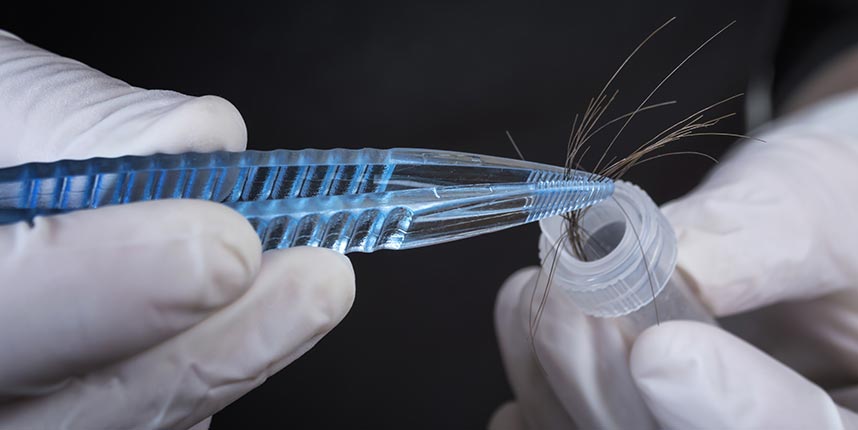Explore the advantages of drug testing using portable toilet wastewater over conventional approaches.
Read more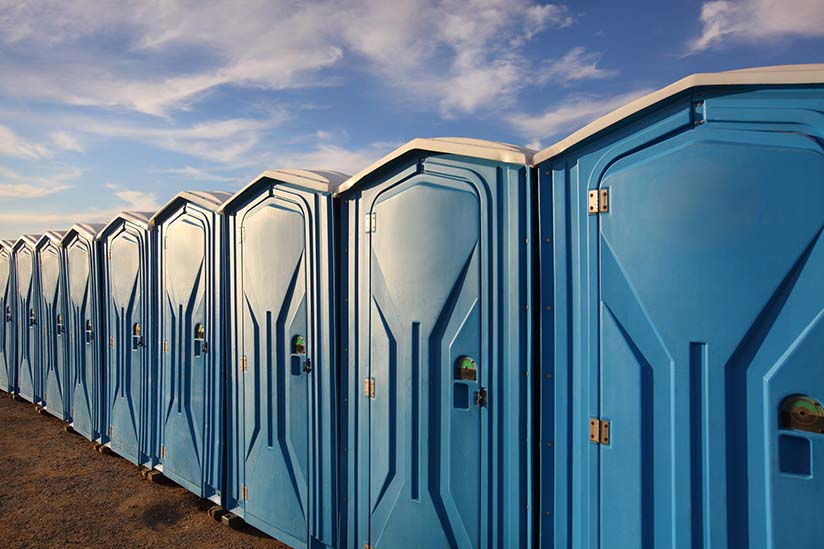
During the period 2022 to 2023, the Construction sector witnessed the second-highest number of fatalities, totalling 17 deaths – marking a disturbing 31% rise over the previous year’s total.
Ensuring worker safety in such environments is paramount, with factors such as drug use, fatigue, and worksite conditions, playing significant roles.
This article explores the advantages of drug testing using portable toilet wastewater over conventional approaches, highlighting its effectiveness in ensuring workplace safety by detecting drug usage among workers.
Real-Time Insights
One of the notable advantages of drug testing through portable toilets is its independence from self-reporting or random onsite checks. By analysing the drug content of wastewater, an accurate, real-time picture of the total amount and various types of drugs used by individuals at a worksite can be obtained, providing insights that might otherwise go unnoticed.
Complementary Testing Approach
While portable toilet drug testing cannot pinpoint which individual among the toilet users is consuming drugs, it offers valuable information about the scale and nature of drug use at a worksite. This data enables further targeted on-site drug testing, focusing on sites where issues are identified, thus complementing conventional drug testing methods.
Snapshot of Drug Use
Portable toilets, with their waste storage tanks, serve as snapshots of collective drug use by all users since the last tank change. Unlike general wastewater analysis, which provides average drug use per thousand people, portable toilet sampling allows for the identification of specific drugs and their quantities consumed within a defined timeframe.
Sample Collection
Collecting samples from portable toilets is a straightforward process, typically done after work hours. Approximately 200 to 300 mL of waste is extracted and placed in a 300 mL High-Density White Plastic container, following the Safework Health Wastewater Collection Protocol.
Samples can be collected by your team or our qualified Collectors. We will provide training to your team.
Sampling Frequency
Determining the frequency of wastewater drug testing requires consideration of various factors, including the frequency of toilet use and the time since the last tank change.
It is recommended to conduct testing once every three months at each worksite, with increased frequency warranted after accidents or suspicion of on-site drug issues.
Report Turnaround Time
After receiving the samples, our National Toxicologist will provide you with a simple and concise report detailing the drugs detected within four days.
Get Started Today
Safework Health offers a comprehensive wastewater drug testing service to safeguard your worksite from the risks associated with drug and alcohol use.
Contact us today to learn more and take proactive steps towards ensuring a safer work environment.
Discover Australia’s evolving drug trends revealed through wastewater analysis
Read more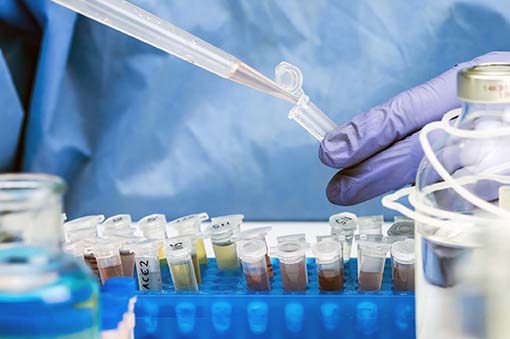
Australia faces an ongoing battle against illicit drug consumption. Recent findings from wastewater analysis conducted by the Australian Criminal Intelligence Commission (ACIC) shed light on the country’s evolving drug trends. Read on to learn more.
Rising Consumption of Methamphetamine and Cocaine
According to the latest report from the ACIC National Wastewater Drug Monitoring Program, Australia witnessed a significant increase in the consumption of methamphetamine and cocaine.
In the year leading up to August 2023, over 10.5 tonnes of methamphetamine were consumed – a 17% increase from the previous year. Similarly, Australians consumed 4 tonnes of cocaine during the same period, a 19% increase compared to the previous year.
Alarming Trends in Illicit Substance Consumption
The comprehensive analysis monitors 12 substances, legal and illegal, in wastewater samples collected from 62 treatment plants covering 57% of Australia’s population. Alarmingly, the report shows Australians consumed over 30 tonnes of illicit substances in the last year.
Among the illicit drugs analysed, cannabis emerges as the most widely consumed, with 13.6 tonnes of THC consumed in the year leading up to August 2023.
Addressing Drug Consumption: The Role of Wastewater Analysis
While these findings may paint a concerning picture of drug consumption in Australia, there are measures that can be taken to address the issue. One such approach is wastewater drug monitoring.
Wastewater analysis provides valuable insights into potential drug use or abuse within various settings, including workplaces.
By analysing wastewater samples, businesses can determine whether employees are consuming illicit substances and identify specific drugs being used.
This proactive approach not only helps in maintaining a safe and healthy work environment but also allows for early intervention and support for individuals struggling with substance abuse.
Promoting a Drug-Free Workplace with Safework Health
At Safework Health, our wastewater testing service delivers reliable results within two to three weeks of receiving samples.
By partnering with us, businesses can gain a deeper understanding of their workforce’s drug consumption habits and take proactive steps towards promoting a drug-free workplace.
Contact us today to get started.
One of the few labs in Australia able to provide oxycodone and fentanyl urine testing.
Read more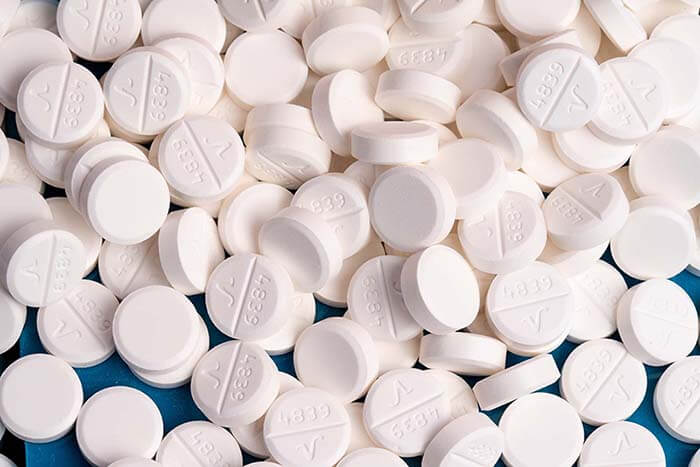
Safework Health is excited to announce that we are now one of the few laboratories in Australia able to provide oxycodone and fentanyl in urine testing.
Accredited by NATA, our national network of laboratories can detect the drugs in urine for around 52 hours after use, which increases the chance of detection during routine workplace drug testing.
Changes to Australian Standards for urine drug testing
In Australia, oxycodone and fentanyl are not part of a routine workplace drug test. Employees are only tested for the drug if it is stated in the company’s drug and alcohol policy.
However, recent changes to the Australian and New Zealand Standards have included oxycodone and fentanyl as optional drugs in AS/NZS 4308:2008 (urine).
Safework Health can test for these drugs with our NATA accredited urine drug testing service.
Oxycodone and Fentanyl Use in Australia – A Growing Concern
Oxycodone and fentanyl are powerful and highly addictive opioids commonly used for pain management. Their misuse has become a pressing concern globally, including in Australia, due to the associated health risks and potential for devastating consequences.
Opioids are the most common drugs involved in accidental fatal overdoses in Australia. Data from Australia’s Annual Overdose Report shows that in 2021, 765 of the total 1,675 deaths involved opioids, making up 46% of deaths.
Recent analysis of the National Mortality Database shows that in 2020 there were 1091 drug-induced deaths, with opiate-based analgesics making up 59% of the deaths. Simply put, three out of five drug-induced deaths occurred due to misuse of prescription opioids including oxycodone and fentanyl.
Furthermore, data from the 2019 National Drug Strategy Household Survey showed that the use of non-medical oxycodone, fentanyl and other prescription painkillers / opioids increased from the previous survey.
What are fentanyl and oxycodone used for?
Fentanyl and oxycodone are both powerful opioid medications used to manage severe pain.
Fentanyl
Fentanyl is an extremely potent synthetic opioid that is used primarily to manage severe pain, such as pain associated with surgery, cancer, or other medical procedures. It can be administered through various routes, including intravenous (IV), transdermal patches, lozenges, and nasal sprays. Fentanyl patches, for example, are commonly used for chronic pain management in patients who are already opioid-tolerant.
Oxycodone
Oxycodone is another opioid medication that is used to treat moderate to severe pain. It can be found in various formulations, such as immediate-release and extended-release tablets or capsules. Oxycodone is often prescribed for pain that is not effectively managed by other pain medications or for post-surgical pain. It’s worth noting that oxycodone is sometimes combined with other medications, such as acetaminophen, to enhance its pain-relieving effects.
Safework Health – A NATA Accredited Organisation
NATA is Australia’s leading national accreditation body. NATA accredits organisations to perform testing and inspection activities for their products and services.
Safework Health has been a NATA accredited organisation for many years. Our accreditation provides assurance to our clients that our laboratories meet high standards for quality and reliability.
Discover More
Safework Health is a trusted provider of drug and alcohol testing services. We offer fast turnaround times, flexible testing options, and national coverage.
Contact us today for a confidential discussion about your workplace drug screening needs.
Alp Bekensir, Chief Scientist, has been selected to become a NATA Technical Assessor.
Read more
Congratulations to Alp Bekensir, our Chief Scientist in Brisbane, on being appointed a NATA Technical Assessor for ISO 17025.
Alp Bekensir has 15 years of experience in analytical chemistry and drugs of abuse focusing on mass spectroscopy applications in Australia and overseas.
Alp is an expert in his field and an accomplished author and speaker. He has written internationally recognised articles and presented at conferences and seminars across Australia.
NATA is Australia’s leading national accreditation body. NATA accredits organisations to perform testing and inspection activities for their products and services.
Safework Health has been a NATA accredited organisation for many years. Our accreditation provides assurance to our clients that our laboratories meet high standards for quality and reliability.
The use of fake urine is on the rise by drug cheats. We have responded to the rise through increased screening methods.
Read more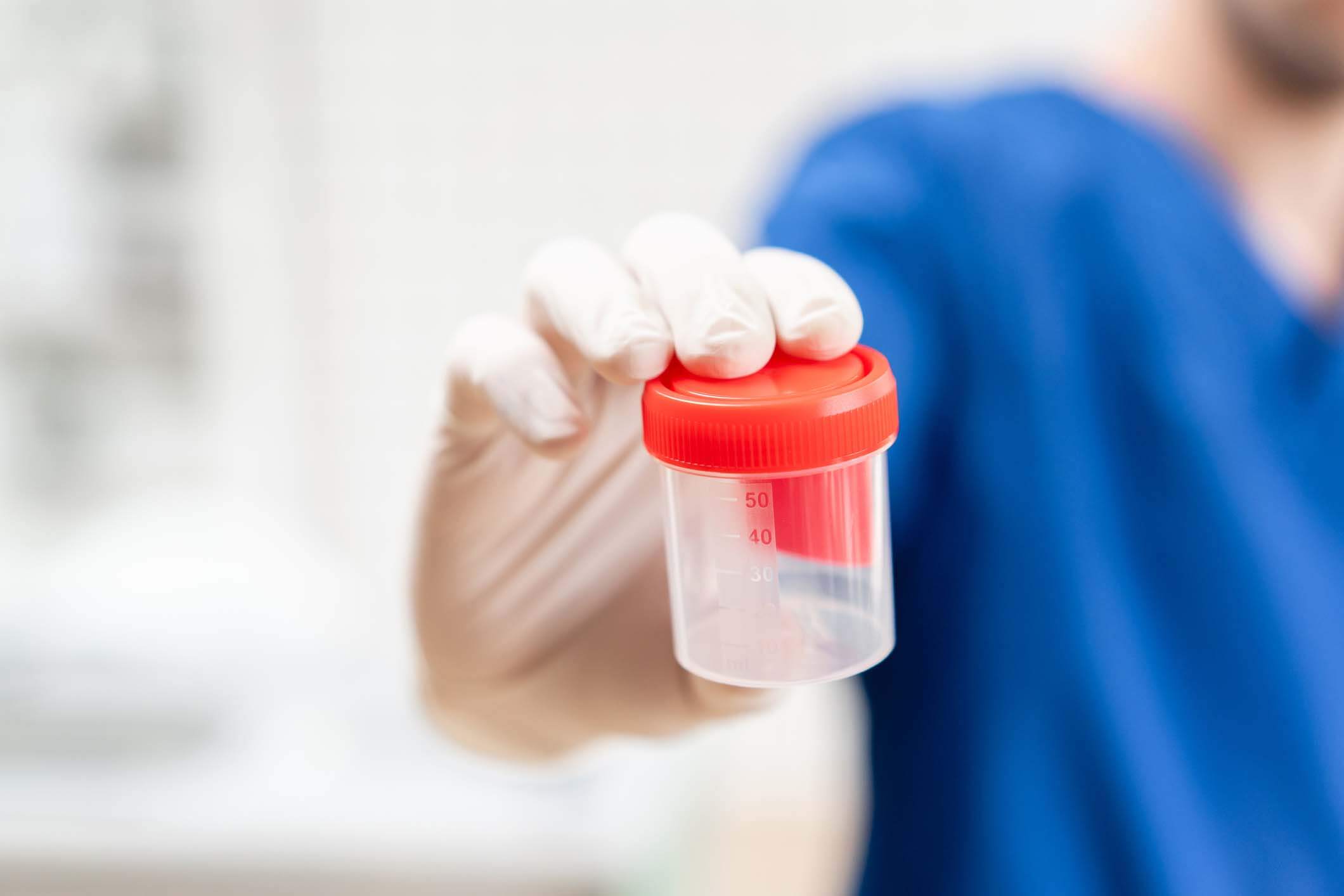
Synthetic urine, or “fake urine”, is designed to be like human urine, which is commonly used by drug users to cheat urinary drug tests. Synthetic urine can readily be purchased online.
Safework Health’s drug testing laboratories have seen a rise in synthetic urine being discovered in urine drug samples.
We have responded to the rise through increased screening methods. Read on to find out more.
How to test for synthetic urine
The integrity of the sample produced by an individual is of paramount importance to the drug testing laboratory. Traditionally only creatinine has been used as a marker for confirming the validity of a human urine sample, but for synthetic urine producers this is a cheap and easy addition to a solution as well as colour to “fool” instant devices and screening machines alike.
While creatinine usually works well, it can be affected by clinical conditions and situational factors not related to attempted adulteration. These include drinking tea and coffee (both of which are mild diuretics), loss of muscle mass, renal dysfunction, and pregnancy.
Due to the rise in demand for fake urine, Safework Health’s drug testing laboratories have added additional testing analytes to their screening immunoassay methods. The addition of Urea and Uric Acid and calcium has led to a significant increase in our detection of fake urine.
How to detect adulteration of urine
Individuals trying to pass a drug test may use urinary adulterants. These are substances that are added to urine after collection to interfere with drug tests. Examples include:
- Stealth (peroxidase and peroxide)
- Klear (nitrite)
- Clean ADD-IT-ive (glutaraldehyde)
- Urine Luck (pyridinium chlorochromate [PCC])
- Iodine. Iodine is a strong oxidizing agent which can oxidize the common marijuana metabolites, commonly termed “carboxy-THC”
- Pawpaw juice. Pawpaw contains the enzyme papain, which significantly reduces the concentration of the marijuana metabolite, carboxy-THC, when added to urine.
Fortunately, detection of these adulterants is relatively easy as Safework Health’s drug screening service also tests for oxidants and pH in urine which the majority of these adulterants rely on.
Learn More
Contact us today for information on how we can keep your workplace safe from synthetic urine.
With the growing number of illicit drug users in the country, the methods for evasion are continually evolving.
Read more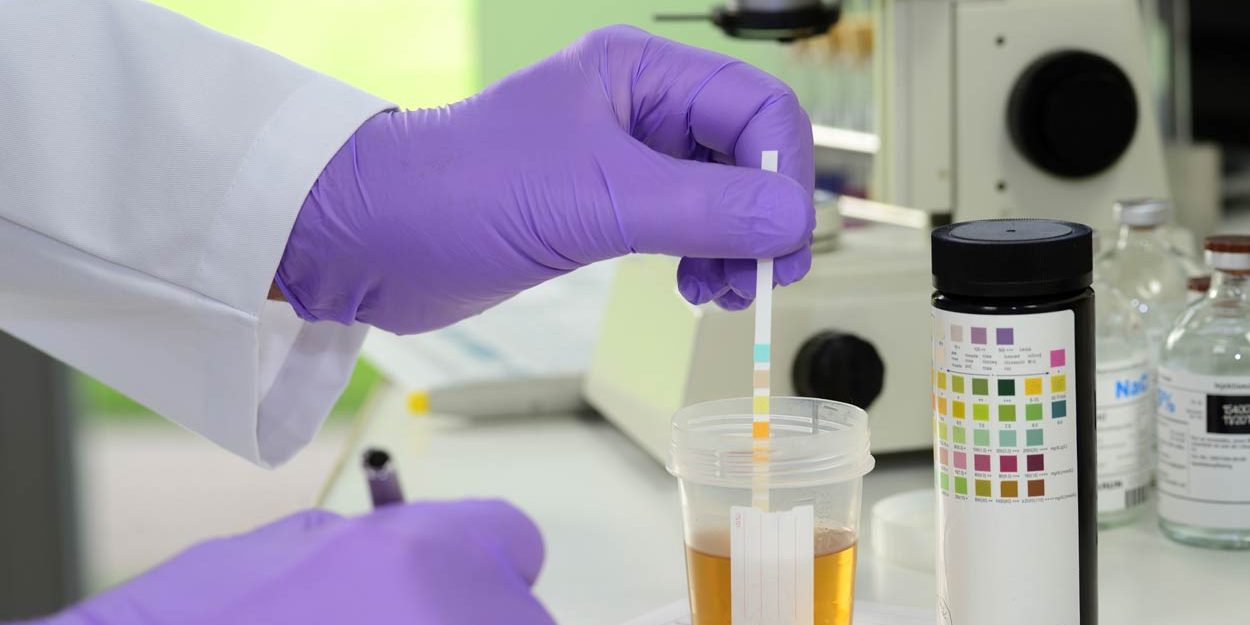
With the growing number of illicit drug users in the country, the methods for evasion are continually evolving. As long as there are drug users, there are people who are actively trying to cheat the system of drug testing, from machines that clean urine or switching out positive urine with clean urine.
The latest threat to drug tests in Australia is synthetic urine, which is also known as “fake urine”. When did this become available to drug users and can drug tests detect fake urine?
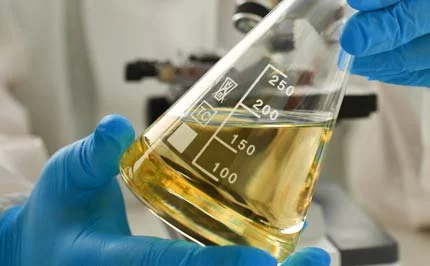
Cheating Drug Tests Using Synthetic Urine
Fake urine was primarily used by product-testing laboratories for purposes of quality control, such as in leak-proof diapers. Now, synthetic urine is commercially available to illicit drug users seeking to fool a drug test and avoid detection. It’s easy to purchase a fake urine sample online. And for just a small sum of money. A casual search on the internet leads you to websites that promise to beat your drug test.
As the number of drug-using employees in the workforce increase, so will the use of synthetic urine. As drug testing companies create more sophisticated drug testing methods, so will the drug users who try to cheat a drug test.
Does synthetic urine actually work? Can drug users actually evade detection? The answer is yes. The fact is particularly worrying especially for employees in safety-sensitive industries.
Synthetic Urine as a Substitution
Synthetic or fake urine is equivalent to artificial urine and is a substitution method to evade a conclusive positive test result. Its design mimics real human urine and contains the very same components found in real human urine. Creatinine, ammonia, and nitrates are also present in synthetic urine. Even the odor of fake urine is the same as that of real urine. Manufacturers of fake urine make sure that the synthetic urine is undetectable even to drug testing companies and can be purchased for as low as $15.
What’s even more worrying is that synthetic urine can be purchased at truck stops. Clearly, this means a big percentage of illicit drug users are employed to drive vehicles. This endangers not just the drivers themselves but also other people’s lives.
Can Drug Tests Detect Synthetic Urine?
Although it’s not 100 percent successful, synthetic urine will only be more useful to illicit drug users desperate to evade detection. Other less sophisticated options focus on dilution. Drug users have used dog urine, lemonade, and various household products in an attempt to give negative or inconclusive results.
Not all drug testing companies have sophisticated fake urine detection methods that include validity and pH tests. Validity tests are tests that include checking the temperature and creatinine levels of a urine sample. Whereas a pH level test helps determine if the urine sample is a diluted sample.
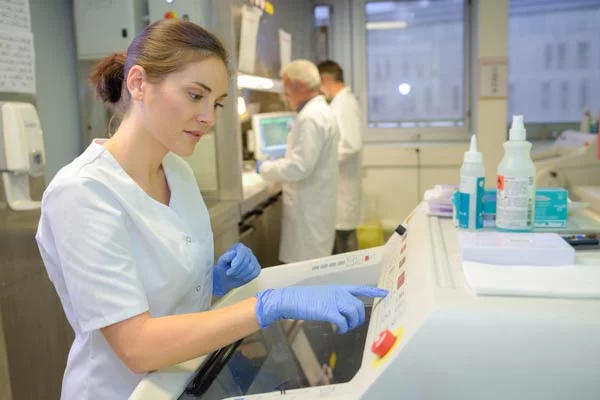
Fake Urine Detection in Australia
Safework Health’s national network of drug testing laboratories can detect synthetic urine.
Our specialists have improved our drug testing methods as a response to synthetic urine use in drug tests.
We can spot synthetic urine by identifying biological compounds that are not present in fake urine. To combat attempts at cheating a drug test, we have further developed an enhanced screening and detecting technology by identifying more biological markers. Our urine drug testing method is sophisticated and our testing tools are highly sensitive to synthetic urine.
We apply all this to all urine specimens we receive in our laboratory to stay ahead of the ever-evolving methods of cheating that illicit drug users use.
Learn More
Contact us today to learn how you can keep your workplace safe from drugs and alcohol.
Safework Health has responded to the increase in synthetic or fake urine detection in our laboratories.
Read more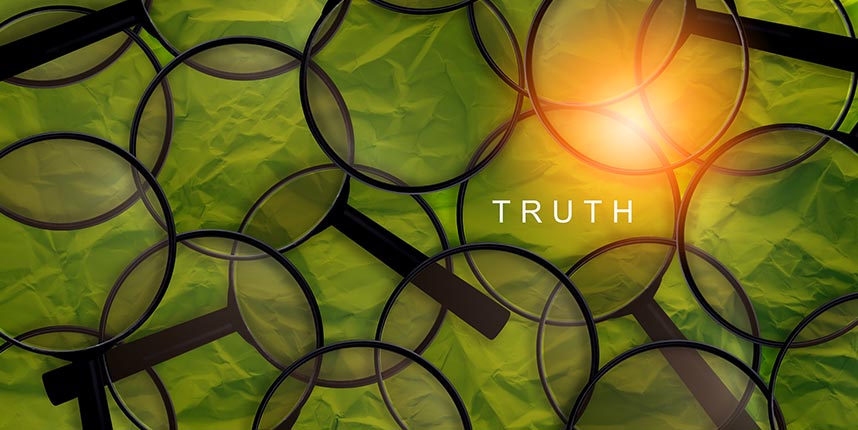
Safework Health has responded to the increase in synthetic or fake urine detection in our drug testing laboratories.
At the moment it is a very small percentage of our overall laboratory workload, but the numbers are rising.
We launched two innovative strategies nationwide to combat these attempts at cheating:
- Enhanced detection technology in the laboratory
- Enhanced screening technology, which we now utilise for all collections in our NATA accredited laboratories Australia-wide. This option is also available for all our existing customers.
Several years ago, we highlighted the issue of fake urine detection in onsite workplace drug testing.
Here’s part of what Safework Health had to say:
“October saw an unprecedented number of detections in our Perth toxicology laboratory of urine that was not from a biological source. Our normal rate of detection is fairly low (although never zero).
But last month we positively identified more than 5 times our usual monthly average of various formulations of synthetic urine in our Workplace Testing samples.
The fake urine samples came from mining clients in the Pilbara to construction clients in metropolitan Perth.”
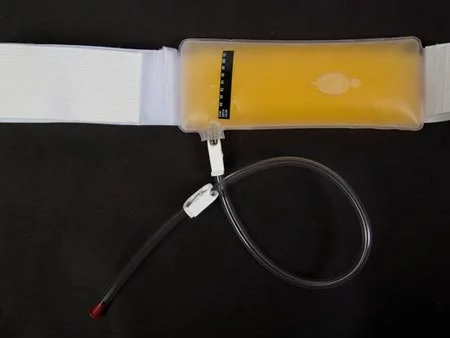
The Legitimacy of Fake Urine
Synthetic urine does have a legitimate use. It is primarily for laboratory calibration of urine testing equipment and also for the assessment of urine leakage of urine collection devices and nappies.
The sale and purchase of fake urine does not appear to contravene any State or Federal law. We are able to identify fake urine in the laboratory by looking for a range of other biological compounds that are present in normal urine but not in the synthetic versions.
It is important to note that all of the fake urine detected last month passed the currently available on-site testing methods. The typical tests measuring creatinine, pH and specific gravity all showed normal results for these samples.
Safework Health: Screening for Synthetic Urine
All of this got us to thinking through – how good are our current detection methods? And how does our approach stand up to the best practice we utilise here in Australia and overseas?
We knew most synthetic urine would pass the relatively simple tests used on site. But even our much more sophisticated testing in the laboratory did not detect as many of the new brands as we hoped (see the chart below).
So our team of experienced Scientists, together with our medical staff were determined to update our detection strategies. We now utilise a further range of biological markers present in human urine and not the synthetic version.
We have been applying this automatically to all collects performed on our premises Australia wide for quite some time now.
For obvious reasons, we don’t want to give details of which brands worked and which were not detected.

Workplace Drug and Alcohol Testing
However, we examined most of the following list of commercially available synthetic urines:
- QuickFixPlus (ver 6)
- UPass
- Monkey Whizz
- Incognito
- ScreenyWeeny (ver 3.0)
- Sub-solution
- QuickFix (ver 3)
- Synthetix5
- Agent X (Dr. Green)
- RedUrine
- X-Stream
- CleanUrin (CleanU Co.)
- QuickFix (ver 4)
- UltraPure TestClear Powdered Urine
- Magnum Detox (KPRC2)
- ScreenyWeeny (ver 4.0)
Our team also came up with a chart. A green tick means it will be detected as a fake and reported as such. A red cross means it would typically pass undetected.
As far as we know, this is the most advanced screening technique for synthetic urine in Australia. In fact, many laboratories offer little more than the minimum required by AS4308, which is closer to the basic screen outlined above.
With that being said, we also acknowledge that this is an ever-evolving field. And that even with our latest update, it appears that Brand L may pass undetected. Therefore, we will steadfastly continue to evolve and progress our detection techniques in the coming months.
Safework Health Utilises “Advanced Screen” on All Pre-Booked or Walk-In Drug Screenings
Finally, as part of our service offering, and to ensure we remain at the cutting edge of innovation and best practice in drug testing in Australia, we are going to use the “Advanced Screen” on all pre-booked or walk-in drug screens.
Especially since pre-booked tests are particularly vulnerable to “cheating” attempts since individuals can have several days notice to consider implementing confounding strategies.
The “Advanced Screen” is also another option for your regular or routine laboratory confirmations.
Learn More
Contact us today to learn how you can keep your workplace safe from drugs and alcohol.
FAQ
Q: How big a problem is fake urine detection in Australia?
A: So far, quite rare. But the table above shows that most labs won’t detect it at present. Therefore, the real prevalence is hard to know. However, Safework Health has seen a steady increase across the past 12 months or so, albeit from a very small base.
Q: Can I have all of my samples sent to your lab for fake urine detection?
A: Yes, although there is a small cost implication. It’s unlikely to be routinely warranted given the very low detection rate currently. A number of clients do request that 10% of all samples get the Advanced Screening option, or that particular “mass tests” will have it applied to all.
Q: Is this an argument for oral fluid or saliva testing then?
A: There are pros and cons for both types of tests. We are also looking at some chewing gums and mouthwashes used prior to oral fluid testing which appear to be effective in reducing the chances of a positive test result in oral fluid. So the same issues apply to both testing types.
Learn about hair drug testing in Australia.
Read more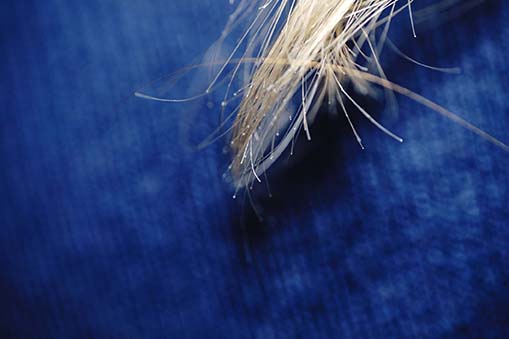
Hair drug testing is incorrectly referred to as “hair follicle drug testing”. As a matter of fact, only the hair shaft goes undergoes testing and not the follicle beneath the scalp.
Hair drug tests can quickly and accurately detect the presence of a wide range of illicit and prescription drugs. For this reason, it is the preferred drug testing method for:
- Family law court or disputed child custody situations
- Return to work or proof of abstinence programs (a requirement by a regulatory body or a court diversion program)
The limitations and variations between different types of testing are often poorly understood by the end user.
This guide aims to correct some myths and provide a greater understanding of the finer detail of hair drug testing.
1. Is the hair test result the same regardless of where I send it?
No. There is no Australian standard or regulation that stipulates which drugs you must test for or the cut-offs that a laboratory should use.
This means that a hair sample sent to one laboratory may show the presence of an illicit drug (perhaps at very low levels). But the same sample sent to another lab may show a “negative” result.
This is clearly a very confusing situation.
The accreditation of Safework Health guarantees that we perform tests based on the internationally accepted standard published by the Society of Hair Testing.
It is vital to ensure that your hair test has international accreditation. Especially considering the issue of legal defensibility here in Australia.
There is an increase in requests for Safework Health to provide evidence of our accreditation status and basis for result interpretation as part of the result.
Our experience indicates that the use of a local laboratory accreditation and the use of international testing guidelines are the gold standard in Australian jurisdictions.
2. Is all hair collected in Australia analysed in Australian laboratories?
No. Although becoming less common, a large amount of the hair tests for illicit drugs collected in Australia are tested in overseas laboratories
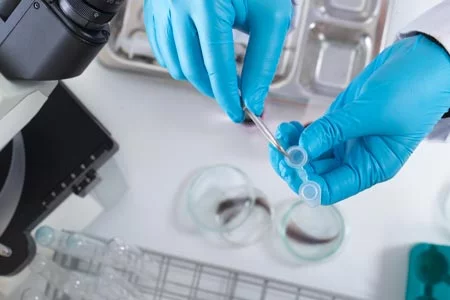
This does have implications for:
- The drugs that we may test for. For example, many US laboratories will test for a number of drugs that are extremely rare in Australia. This is a waste of time and money.
- The acceptability of the results in Australian legal or regulatory environments. There is a limit in the ability to provide expert witness testimony in cases when there is a challenge to the results.
- Turn around time. The results may take weeks or even months for testing in overseas laboratories.
3. Apart from the scientific considerations, what are other factors to consider when using hair testing for illicit drugs?
The main differentiators in service offerings in Australia are:
- Cost. It’s not uncommon to see quotes vary as much as 300% for a single request. Consequently, this does have a significant impact on the end user’s ability to access this type of testing. Because it typically costs hundreds of dollars per test. Safework Health has a policy of keeping pricing as low as possible. It is to ensure the greatest possible uptake of this testing method.
- Turn around time. Some clients have report delays of several months for hair drug test results. In contrast, Safework Health will routinely return results within 5-8 business days of receipt of the sample.
- Provision of an expert witness or supplementary interpretation. Safework Health provide expert comments or interpretation of results to court. Therefore, prior to any engagement of a hair test, please ascertain the ability and cost to provide this service.
Safework Health has seen a rapid growth in our hair drug testing service. Our continued investment in scientific procedures and cutting-edge equipment should see that growth continues over the foreseeable future.
Learn More
Contact us today to learn more about our hair drug testing services.

